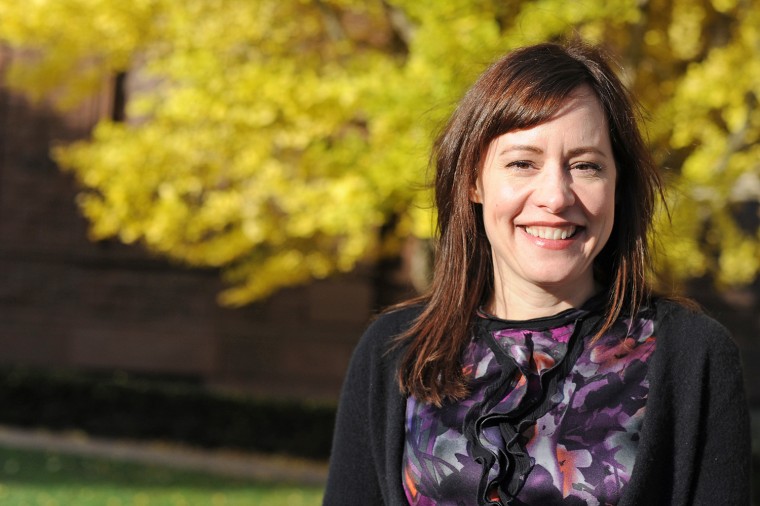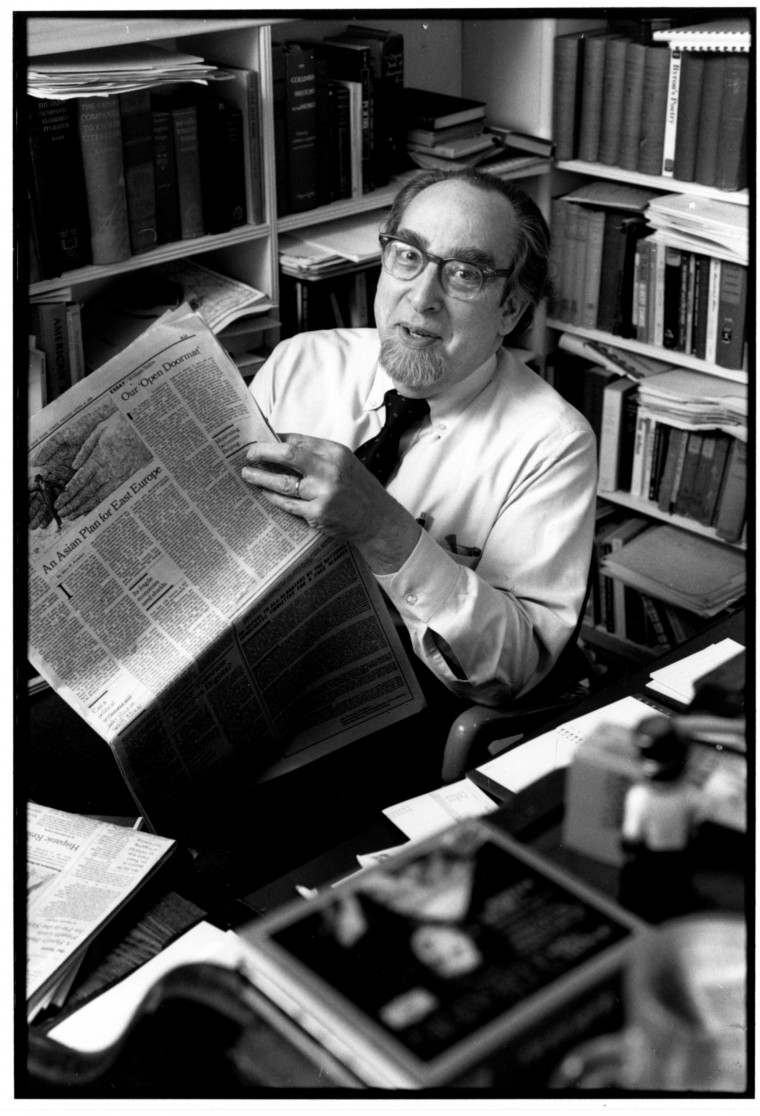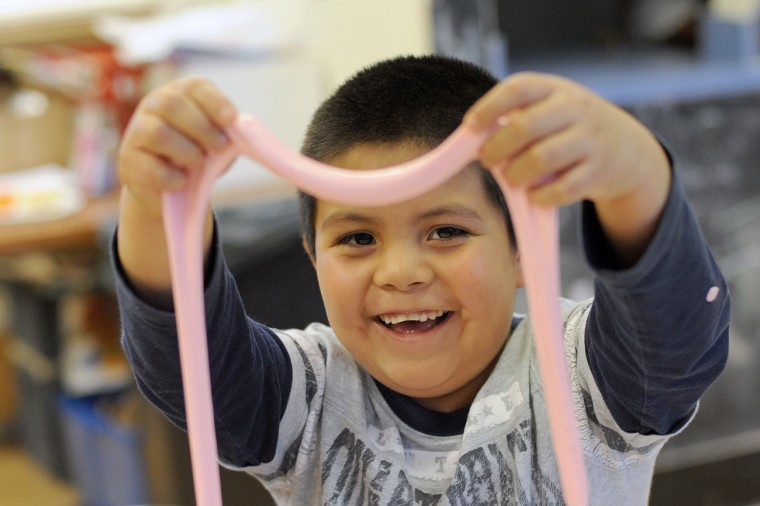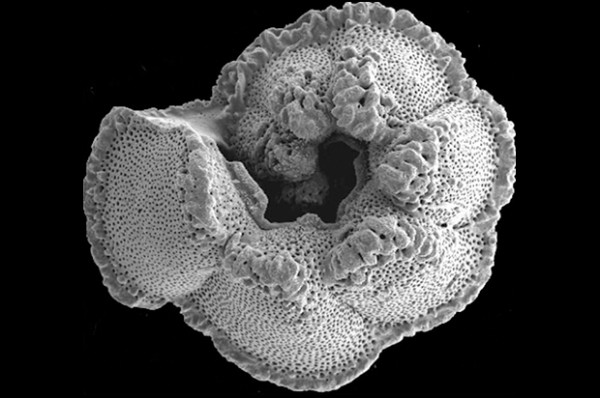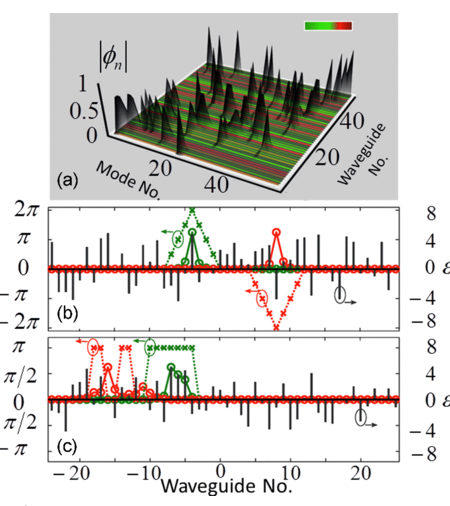Wife of the Babar author, Rose has long helped him "dream up ideas and pen the stories"
Victoria Pitts-Taylor, chair and professor of feminist, gender and sexuality studies, joined the faculty this fall. Q: Welcome to Wesleyan, Professor Pitts-Taylor! What attracted you to Wesleyan? A: Wesleyan has a great tradition of progressive liberal arts education, including a long tradition of feminist/gender/sexuality studies. Like most programs, it began as women’s studies, more than three decades ago, evolving into its current form as times and perspectives changed. Wesleyan has a reputation for having really smart, socially engaged students, for fostering interest in and commitment to social justice, and for investing in interdisciplinary modes of scholarship and teaching. It’s also full of incredibly…
Though the holiday holds little significance for many Russians, it matters a great deal to Putin
George Creeger, professor of English, emeritus, died Nov. 1 at the age of 89. Creeger joined the Wesleyan faculty in 1951 after receiving his BA at DePauw University, and his MA and Ph.D. at Yale. He taught American literature in the English Department for nearly 50 years. He was an expert on romantic poetry — particularly Henry Wadsworth Longfellow, John Keats, Percy Shelley and Lord Byron, and on the works of Herman Melville. Creeger also brought some of his other passions into the classroom through courses on Early Connecticut Houses and Opera as Myth and Literature. He served as dean of…
The sooner government implements policies, the better businesses can respond to climate change
On Nov. 3, Brian Northrop, assistant professor of chemistry, spoke to students at the Green Street Arts Center about polymers. As part of the hands-on workshop, Northrop taught the participants how to make their own silicone polymer putty with glue, water, Borax and food coloring. Similar putty was accidentally invented during World War II when an American scientist working for General Electric in New Haven, Conn. was trying to create synthetic rubber using silicone oil and boric acid. The result produced a "solid-liquid" goo that had a high melting temperature, could bounce when dropped, and stretch. The product is most commonly known as Silly Putty, a trademark…
Yohe says climate change has not been a big issue in this election, but will be in 2016
Wesleyan faculty Joop Varekamp and Ellen Thomas are among the authors of a paper on rates of sea-level rise along the eastern U.S. seaboard titled "Late Holocene sea level variability and Atlantic Meridional Overturning Circulation," published in the journal Paleoceanography, Volume 29, Issue 8, pages 765–777 in August 2014. Varekamp is the Harold T. Stearns Professor of Earth Science, professor of earth and environmental sciences and professor of environmental studies. Thomas is research professor of earth and environmental sciences at Wesleyan, and also a senior research scientist in geology and geophysics at Yale University. Pre-20th century sea level variability remains poorly understood due to…
On Oct. 24, Richard Grossman, professor of economics, was a discussant at a conference titled “Organizations, Civil Society, and the Roots of Development," organized by the National Bureau of Economic Research in Cambridge, Mass. Grossman commented on a paper by Dan Bogart (University of California at Irvine) titled “Securing the East India Monopoly: Politics, Institutional Change, and the Security of British Property Rights Revisited.” The paper focuses on the history of the English East India Company and ways it yields new insights on the relationship between politics, institutional change, and the security of property rights in Britain.
Tsampikos Kottos and Ali Basiri, a Ph.D. student in physics, are co-authors of a paper titled "Light localization induced by a random imaginary refractive index," published in Physical Review A 90, on Oct. 13, 2014. Kottos is the Douglas J. and Midge Bowen Bennet Associate Professor of Physics. In the paper, the authors show the emergence of light localization in arrays of coupled optical waveguides with randomness.
Scott calls the new documentary "terrifying"
Assistant professor of Astronomy Meredith Hughes and eight colleagues have found evidence of magnetic fields in stardust – an indication that magnetic fields are important in the process of planetary system formation, according to a new paper in the journal Nature. The discovery is another step in work by Hughes and other astronomers to understand how celestial bodies are formed. It is known that magnetic fields in the “accretion disks” of stars play a dominant role in the star formation process. Using data from an observatory near Bishop, Calf., Hughes and her colleagues were able to spot signs of magnetic…


